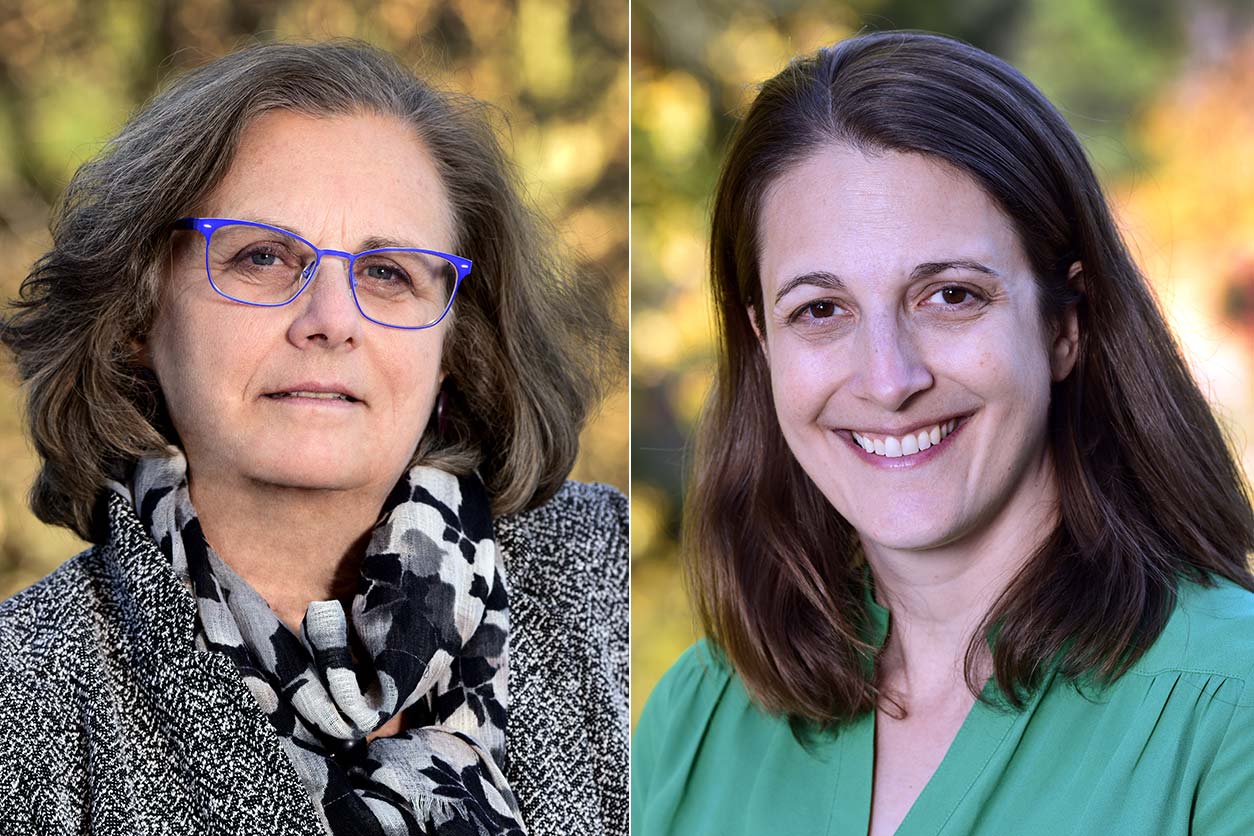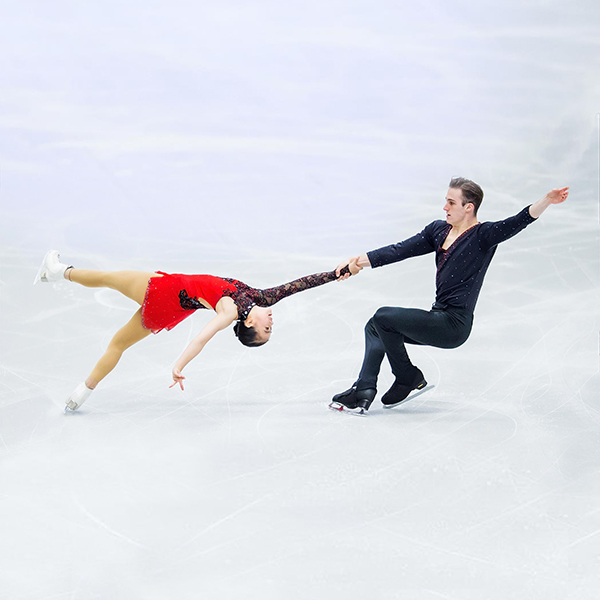Engaging in leisure-time physical activity may reduce the risk of premenopausal breast cancer, according to NIEHS scientists Dale Sandler, Ph.D., and Katie O’Brien, Ph.D., and their collaborators from the Institute of Cancer Research in London. The study — the largest of its kind to examine the relationship between exercise and breast cancer in younger women — was published Dec. 11 in the Journal of Clinical Oncology.
Sandler, a senior author on the paper who leads the NIEHS Epidemiology Branch and the Sister Study, recently shared what people most need to know about the study.

Environmental Factor (EF): What makes this study different from previous reports highlighting a link between exercise and breast cancer risk?
Sandler: There is strong evidence that higher leisure-time physical activity is associated with lower breast cancer risk after menopause. Findings from studies in younger women, however, have been inconclusive. To examine the link between exercise and premenopausal breast cancer, we pooled together data from more than 500,000 women across 19 different international studies, including the Sister Study that NIEHS leads. Each study collected data on women’s exercise habits, and over an average 11½ years of follow-up, more than 10,000 new cases of premenopausal breast cancer were diagnosed.
EF: Based on the study results, what lifestyle changes can women make to reduce their risk of breast cancer?
Sandler: Women should try to find time for more physical activity. Our results suggest that any amount of physical activity is beneficial. The American Cancer Society recommends that adults engage in 150-300 minutes of moderate-intensity physical activity per week, or 75-150 minutes of vigorous-intensity physical activity.
We found that women in the top 10% of physical activity were 10% less likely to develop breast cancer before menopause than women who were in the bottom 10% of physical activity. Overall, there was a consistent trend of lower breast cancer rates with increasing levels of physical activity, with no specific amount recommended to see benefits.
EF: How frequently or how much did the women in the top 10% exercise?
Sandler: Because each of the included studies represented a unique population and measured physical activity a bit differently, the amount of exercise that put someone in the top 10% of their cohort varied. For example, some studies asked about specific types of activities and others asked about hours per week of moderate or vigorous physical activity without specifying the types of activities. We harmonized these data by assigning a standardized measure called metabolic equivalents of task (MET) hours, which is a measure of activity intensity. We could then rank women within a study based on their estimated MET hours per week and identify those who were most and least active.
EF: What are examples of “leisure-time physical activity” linked to lower breast cancer risk?
Sandler: For this study, we defined leisure-time physical activities as those activities an individual chooses to do that are not essential for daily living or related to occupation. For example, sports, exercise, and recreational walking are leisure-time activities.
EF: Why might exercise play a role in fending off breast cancer in younger women?
Sandler: We are not exactly sure how physical activity lowers breast cancer risk. It could be that physical activity reduces levels of sex steroid hormones, such as estrogens and androgens, or affects their bioavailability. There is some evidence that exercise leads to decreased levels of insulin and insulin-like growth factor signaling. Exercise also decreases inflammation, which has been associated with cancer development and progression.
More research is needed, but our study provides additional evidence that physical activity is good for your health, even after accounting for body mass index and other health-related factors.
(Caroline Stetler is Editor-in-Chief of the Environmental Factor, produced monthly by the NIEHS Office of Communications and Public Liaison.)









